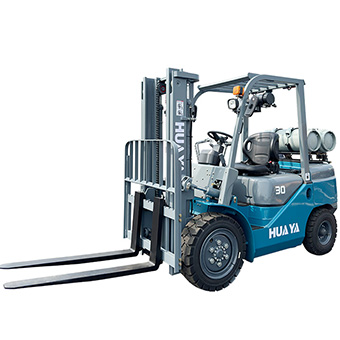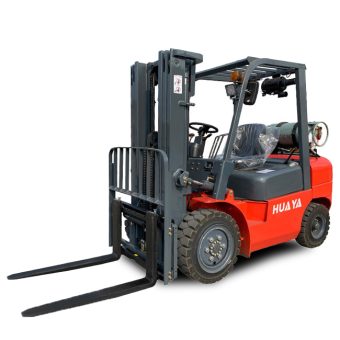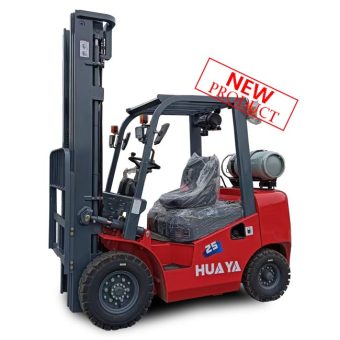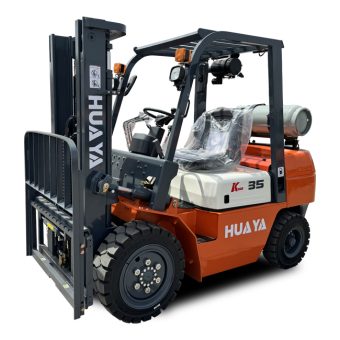
News
Propane forklifts are a staple in many industries due to their efficiency, cost-effectiveness, and eco-friendly operation. A common question arises among forklift operators and business owners: How long does a propane tank last on a forklift? Understanding this helps optimize operational schedules and reduce downtime.

Standard propane tanks for forklifts usually hold about 33 pounds (7.9 gallons) of propane. This size is typically sufficient for 6 to 8 hours of continuous operation under average conditions.
Modern engines are designed for efficiency, but older or poorly maintained engines may consume more propane, reducing the runtime.
Heavier loads increase fuel consumption. A forklift carrying maximum capacity will deplete a tank faster than one handling lighter loads.
Frequent stop-and-go operations or harsh environments can increase propane usage.
Aggressive driving and prolonged idling waste fuel, shortening tank life.
For a standard 33-pound propane tank, most forklifts provide an average runtime of 6 to 8 hours. This can vary significantly based on the factors mentioned above.
Keep engines tuned and air filters clean for optimal performance.
Avoid overloading to minimize strain on the engine.
Educate operators on fuel-efficient practices like reducing idling and avoiding aggressive driving.
Use monitoring tools to track consumption and plan refueling schedules.
A typical forklift consumes 0.6 to 1 gallon of propane per hour, depending on load and operating conditions.
Yes, propane tanks are refillable and reusable, making them cost-effective and environmentally friendly.
Many tanks have a gauge. Alternatively, you can weigh the tank; a full tank weighs approximately 56 pounds, while an empty one weighs about 23 pounds.
Always inspect for leaks, store tanks upright in ventilated areas, and ensure proper connections during installation.
Understanding how long a propane tank lasts on a forklift is essential for efficient operations. While a standard tank offers 6 to 8 hours of runtime, this can vary based on multiple factors. By following maintenance tips and adopting fuel-efficient practices, businesses can optimize performance and minimize costs. Investing in proper training and equipment maintenance ensures both productivity and safety.


